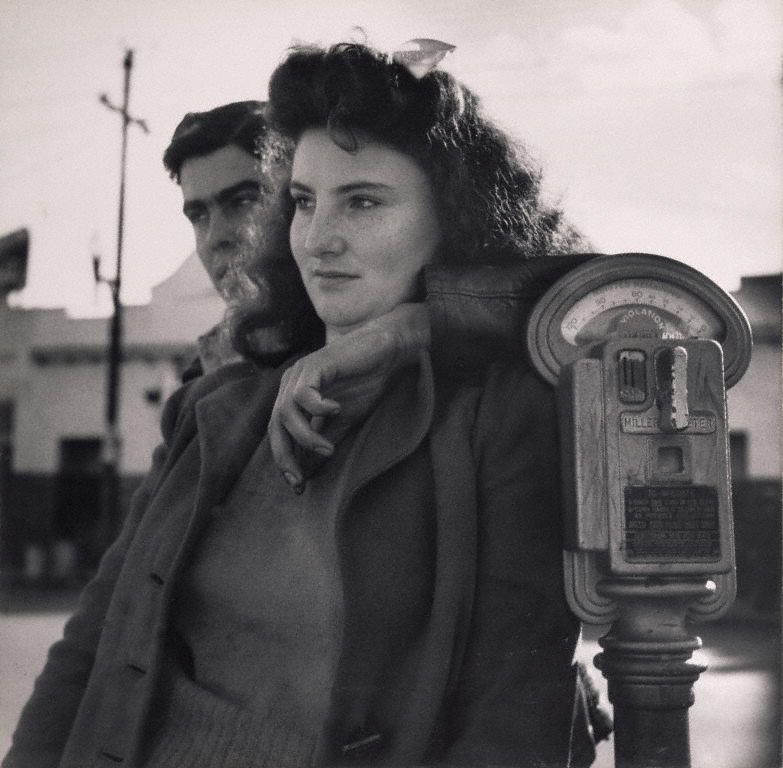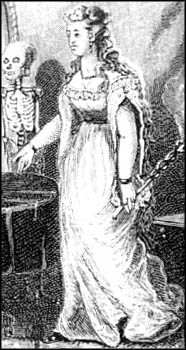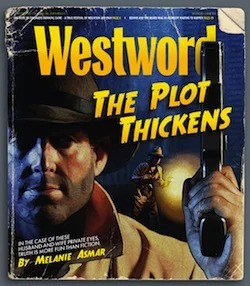"Lovers - Richmond CA 1942" photo by Dorothea Lange, Digital image courtesy of the Getty's Open Content Program
During the decade when my husband and I worked full time as private investigators, Valentine's Day, and the days surrounding it, were some of our busiest. Girlfriends, boyfriends, wives, husbands would call, wanting to hire us (typically for surveillance) to catch evidence of their significant other or spouse cheating. A few years ago The Journal of Private Eyes reported that 80 percent of cheaters spent at least part of the day with someone who was not his/her spouse/significant other.
Happy to say, however, that sometimes our clients' worries were unfounded.
Valentine's Day Articles
Below are several articles my husband and I have written over the years about Valentine's Day, from how to avoid turning your romantic date into a court date, to real-life private eye couples whose romance stays alive despite chasing cheaters for a living. Click on the link to read the article.
Valentine's Day Checklist: Candy, Flowers & a Background Check
Valentine's Day Date...or Court Date?
Private-Eye Couples in Fiction and Real Life
Current-Day Nick & Nora's: Married Private Eye Teams
Wishing everyone a happy Valentine's Day, Colleen















